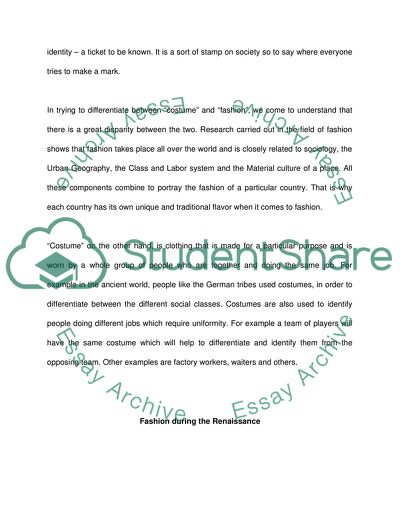Cite this document
(“Costume and Fashion Essay Example | Topics and Well Written Essays - 2500 words”, n.d.)
Costume and Fashion Essay Example | Topics and Well Written Essays - 2500 words. Retrieved from https://studentshare.org/visual-arts-film-studies/1552154-costume-and-fashion
Costume and Fashion Essay Example | Topics and Well Written Essays - 2500 words. Retrieved from https://studentshare.org/visual-arts-film-studies/1552154-costume-and-fashion
(Costume and Fashion Essay Example | Topics and Well Written Essays - 2500 Words)
Costume and Fashion Essay Example | Topics and Well Written Essays - 2500 Words. https://studentshare.org/visual-arts-film-studies/1552154-costume-and-fashion.
Costume and Fashion Essay Example | Topics and Well Written Essays - 2500 Words. https://studentshare.org/visual-arts-film-studies/1552154-costume-and-fashion.
“Costume and Fashion Essay Example | Topics and Well Written Essays - 2500 Words”, n.d. https://studentshare.org/visual-arts-film-studies/1552154-costume-and-fashion.


